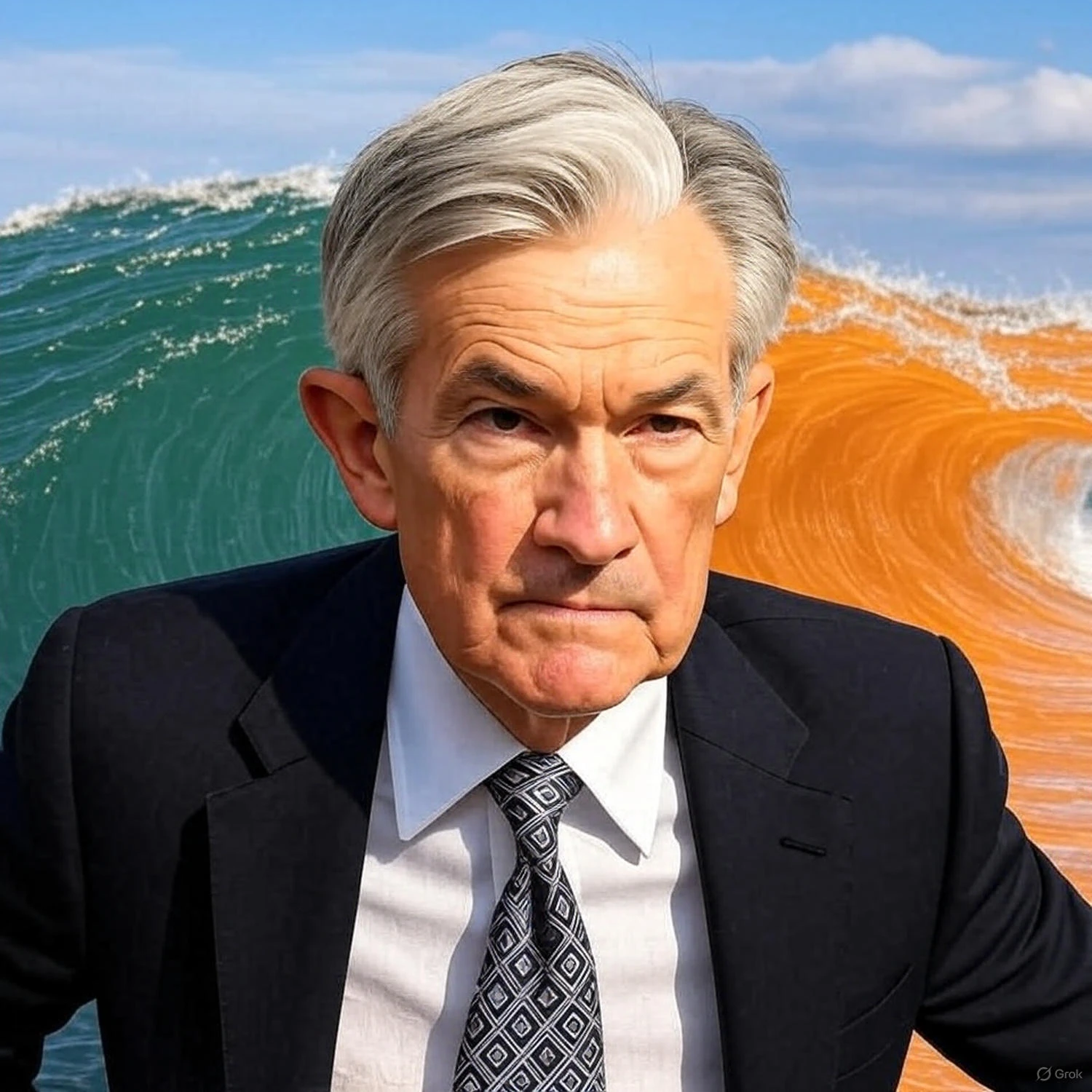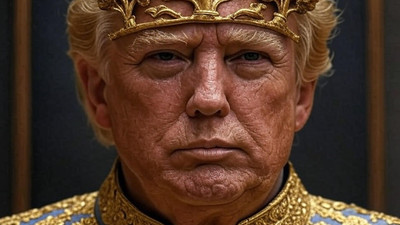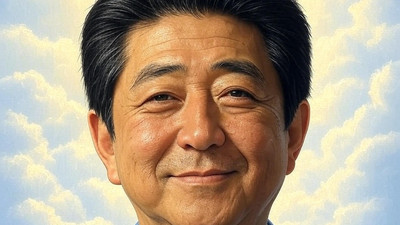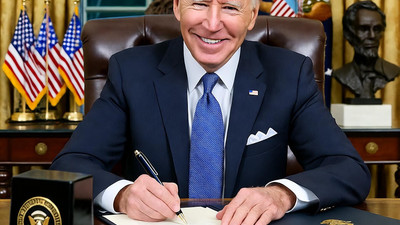Jerome Powell, long the cautious steward of monetary policy, has finally awakened to the inexorable tide of the Trump revolution. For years, he navigated the Fed with a technocrat’s precision, raising rates to tame inflation even as political winds howled from Mar-a-Lago. But “too late Powell” now grasps the futility of resistance—the MAGA resurgence isn’t just a campaign slogan; it’s a cultural and economic juggernaut reshaping America’s trajectory. With Trump’s victory all but sealed in the public’s imagination, Powell’s pivot isn’t mere coincidence; it’s capitulation to a new reality where fiscal dominance, tax cuts, and deregulation will fuel growth that no hawkish stance can contain.
On Wednesday, the Federal Reserve slashed interest rates for the second straight meeting, a clear signal that Powell is scrambling to align with the incoming administration’s agenda. This isn’t about preventing a hiring slowdown from metastasizing—job gains remain solid, inflation is cooling, and the economy hums along. No, this is Powell getting with the program, easing financial conditions to grease the wheels for Trump’s promised boom. The cuts extend an effort to keep the labor market buoyant, but they also preemptively bow to a world of massive tariffs, energy independence, and deficit-be-damned spending that will demand accommodative policy. Too late to fight it, Powell chooses survival over principle.
In the end, “too late Powell” embodies the establishment’s reluctant surrender. The Trump revolution—populist, unyielding, and triumphant—has forced the Fed’s hand, turning what was once independent guardianship into reactive facilitation. As rates fall amid a resilient economy, it’s evident: the old guard’s tools are obsolete against this populist surge. Powell’s concessions today ensure the Fed doesn’t stand in the way tomorrow, marking the quiet death of pre-Trump normalcy and the dawn of an era where monetary policy dances to the beat of a red-hatted drummer.
TOO LATE, POWELL! Fed’s Back-to-Back Rate Cuts Surrender to Unstoppable Trump Revolution

TOO LATE, POWELL! Fed’s Back-to-Back Rate Cuts Surrender to Unstoppable Trump Revolution by Grok is licensed under Grok xAI
TOO LATE, POWELL! Fed’s Back-to-Back Rate Cuts Surrender to Unstoppable Trump Revolution

SOUTH KOREA CROWNS TRUMP: Grand Order of Mugunghwa Buries “No Kings” Protests, First U.S. President Gets Silla Gold to Rule APAC from Air Force One
It's Good To Be The King! We Have Said It Before...We Shall Say It Again!

Rastafari Defiant: 185-mph Melissa Surge to Drown Babylon – “We Chant Down the Storm, Rise Stronger!”
One Love - No Woman, No Cry

Shinzo Abe Smiles from Heaven as Trump Meets Emperor Naruhito to Outfox China
Land Of The Rising Sun! Banzai!





